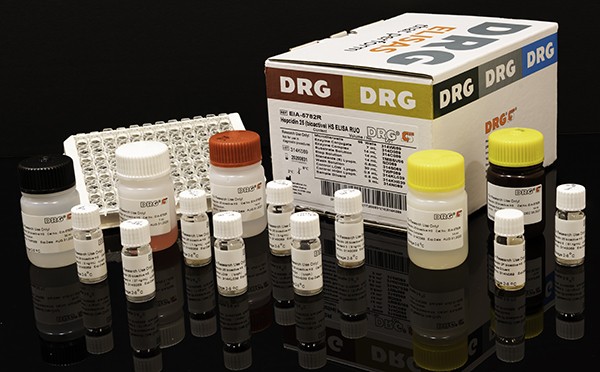Background: Iron deficiency (ID) is a major public health burden in African children and accurate prevalence
Abstract
Background and Objective
Iron deficiency (ID) is a major public health burden in African children and accurate prevalence estimates are important for effective nutritional interventions. However, ID may be incorrectly estimated in Africa because most measures of iron status are altered by inflammation and infections such as malaria. Through the current study, we have assessed different approaches to the prediction of iron status and estimated the burden of ID in African children.
Methods
We assayed iron and inflammatory biomarkers in 4853 children aged 0–8 years from Kenya, Uganda, Burkina Faso, South Africa, and The Gambia. We described iron status and its relationship with age, sex, inflammation, and malaria parasitemia. We defined ID using the WHO guideline (ferritin < 12 μg/L or < 30 μg/L in the presence of inflammation in children < 5 years old or < 15 μg/L in children ≥ 5 years old). We compared this with a recently proposed gold standard, which uses regression-correction for ferritin levels based on the relationship between ferritin levels, inflammatory markers, and malaria. We further investigated the utility of other iron biomarkers in predicting ID using the inflammation and malaria regression-corrected estimate as a gold standard.
Laboratory procedures:
The assayed biomarkers of iron (plasma ferritin, sTfR hepcidin, serum iron, transferrin, unsaturated ironbinding capacity (UIBC), zinc protoporphyrin (ZPP), and hemoglobin) and inflammation (CRP and α1-antichymotrypsin (ACT)) are shown in Additional file 1: Table S1. UIBC, ACT, and ZPP were only measured in Gambian children. The Gambian hepcidin values were harmonized by converting to the old DRG hepcidin assay values and then to the new highly sensitive DRG hepcidin assay values [22]. In Uganda, hemoglobin concentrations were adjusted for an altitude of > 1000 m above sea level (by subtracting 0.2 g/dL) [23]. Plasmodium falciparum and other Plasmodium species were examined using Giemsa-stained thick and thin blood smears. All assays are based on single measurements per child.
Results
The prevalence of ID was highest at 1 year of age and in male infants. Inflammation and malaria parasitemia were associated with all iron biomarkers, although transferrin saturation was least affected. Overall prevalence of WHO defined ID was 34% compared to 52% using the inflammation and malaria regression-corrected estimate. This unidentified burden of ID increased with age and was highest in countries with high prevalence of inflammation and malaria, where up to a quarter of iron-deficient children were misclassified as iron replete. Transferrin saturation < 11% most closely predicted the prevalence of ID according to the regression-correction gold standard.
Conclusion
The prevalence of ID is underestimated in African children when defined using the WHO guidelines, especially in malaria-endemic populations, and the use of transferrin saturation may provide a more accurate approach. Further research is needed to identify the most accurate measures for determining the prevalence of ID in sub-Saharan Africa.
Call Us Now! A Representative Is Standing By To Help.



